Full-spectrum: Gerhard Richter’s Colour Charts at Dominique Lévy

Concealed round the back of Dominique Lévy's first-floor Bond Street gallery is a typical photo-painting from Gerhard Richter’s mid-1960s greyscale period. It is out of place in this gathering of the artist’s Colour Charts, a dozen colour-block paintings inspired by a Ducolux paint-sample card from a Düsseldorf hardware store.
But it is the big surprise of this Frieze-season show, curated by Lock Kresler. Kresler has mounted it perpendicular to the wall, like a pub sign, so you can see the reverse: a grid of reds in various shades. Back in 1965 when he painted it, Richter was reacting against Pop by experimenting with non-figurative, non-emotional colour compositions. But the artist harboured second thoughts about revealing such a brazen 'readymade' at that moment. Against the wall it went.
The suite of reds is the first evidence of the Richter most of us know. The following year – in an exhibition at Munich’s Galerie Friedrich & Dahlem that was violently criticised – he would unveil 19 such paintings, starting with 192 Colours, a grid of Ducolux squares 12 down and 16 across. This canvas is the most textural and painterly in the series, as Richter used sweeping brushstrokes with the oils he’d become used to in his work. The others are painted in a more neutral industrial lacquer, yet, says Levy, 'seeing them all together, they way they relate to each other, there’s a musicality. The togetherness is important.'
This is the first exhibition since 1966 to gather so many Colour Charts together in one place. Kresler has even included an original Ducolux chart in a mini-exhibit of source materials. By the 1970s, Richter had abandoned his colour-blocking for a different sort of multi-coloured abstract art. But the Colour Chart series was his entrée, too good to face the wall.
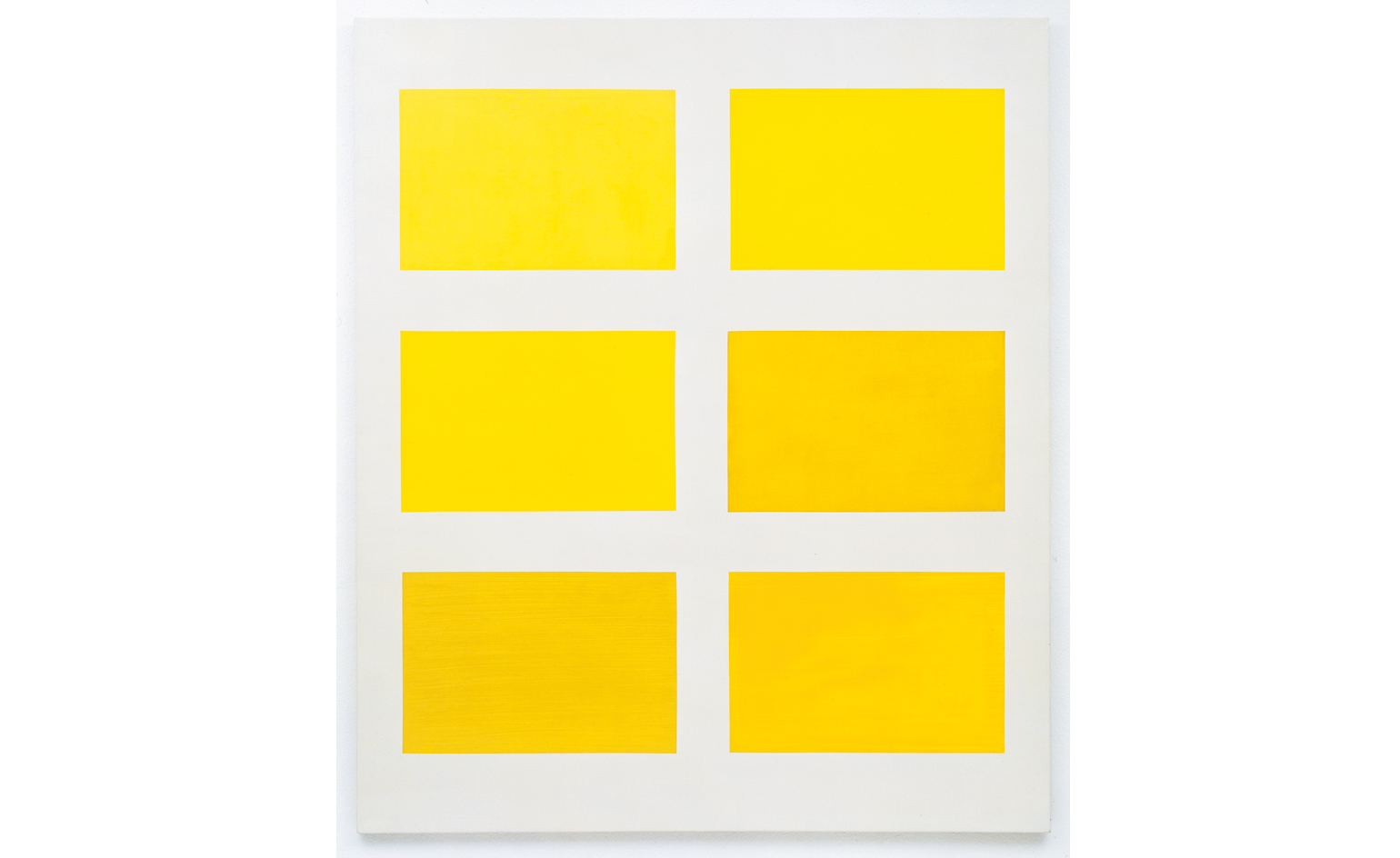
Richter created the works as a reaction to the Pop movement, experimenting with non-figurative, non-emotional colour compositions. Pictured: Sechs Gelb (Six Yellows), 1966. Courtesy the artist and Museum Frieder Burda, Baden-Baden
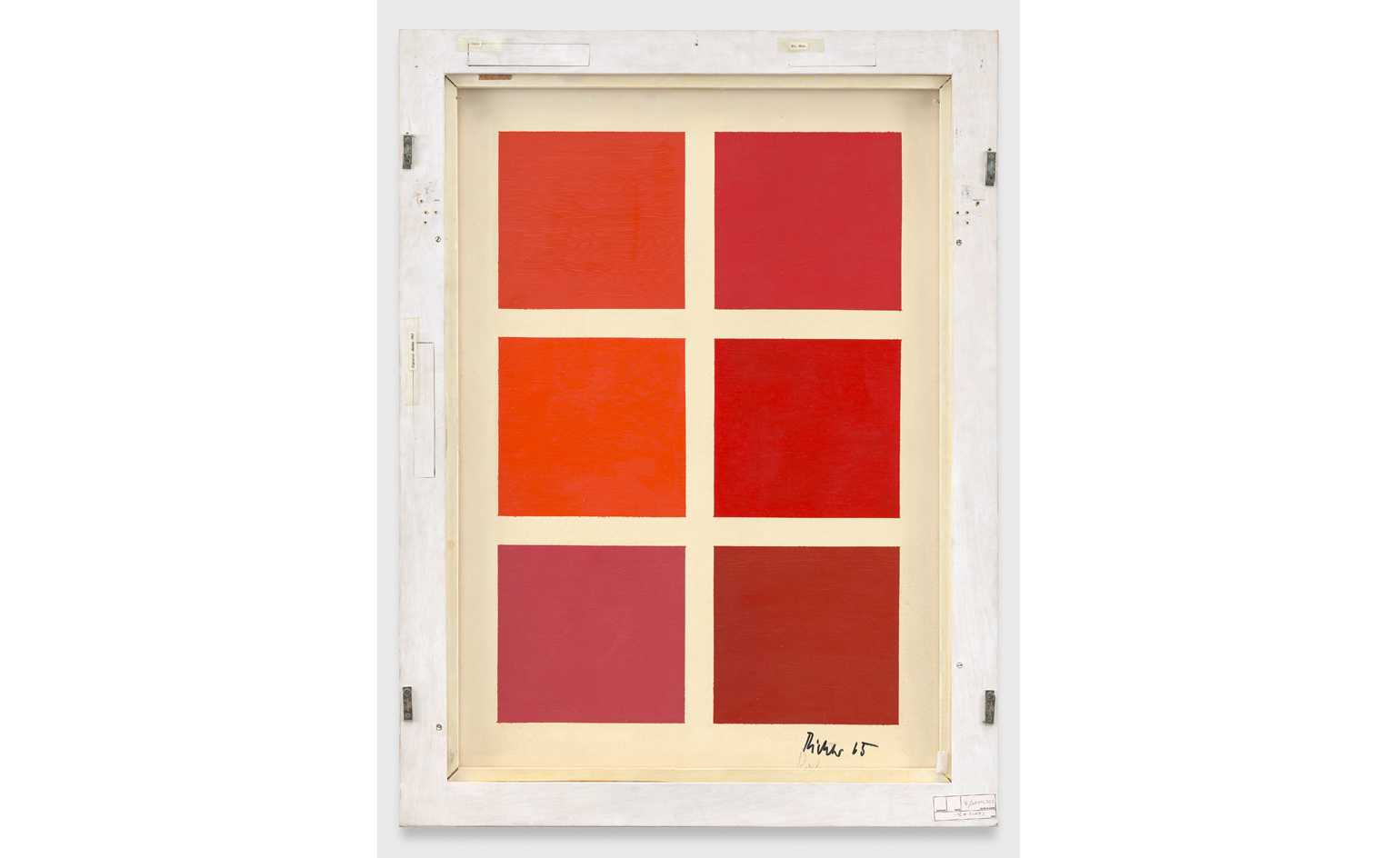
The suite of reds is the first evidence of the Richter most of us know. Pictured: Sänger (Singer), 1965/1966. Courtesy the artist and the Collection of Marsha and Jeffrey Perelman Delfanne

In 1966, Richter revealed 192 Colours at Munich's Galerie Friedrich & Dahlem, to a wave of aggressive criticism. Pictured: 192 Farben (192 Colours), 1966. Courtesy Elisabeth and Gerhard Sohst Collection
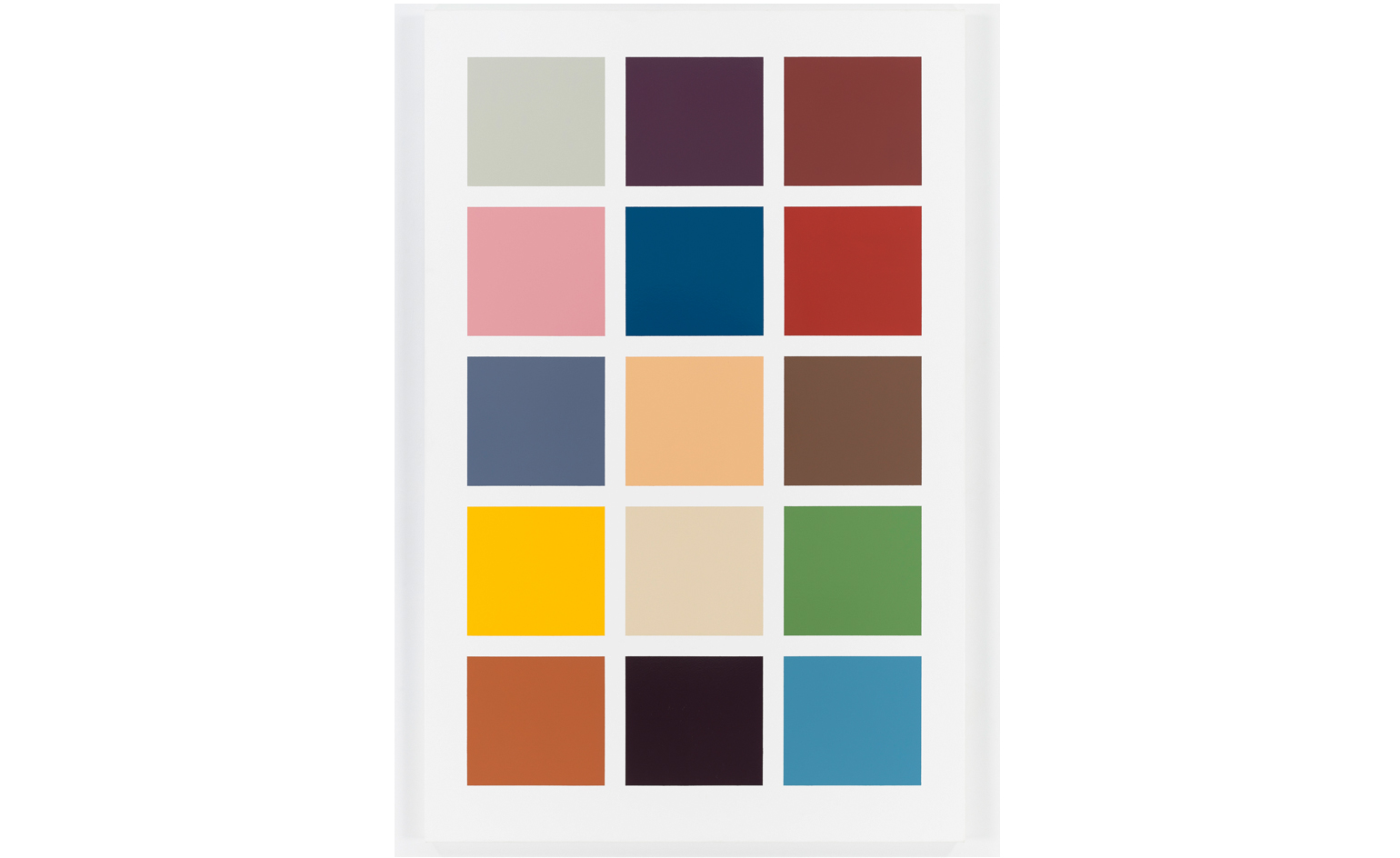
This is the first exhibition since 1966 to bring together so many Colour Charts in one place. Pictured: Fünfzehn Farben (Fifteen Colours), 1966–1996.

Curator Lock Kresler has even included an original Ducolux chart in a mini-exhibit of source materials. Pictured: sample card for enamel paint from Ducolux, 1963
INFORMATION
'Gerhard Richter: Colour Charts' is on view until 16 January 2016
ADDRESS
Dominique Lévy
22 Old Bond Street
London, W1S 4PY
Receive our daily digest of inspiration, escapism and design stories from around the world direct to your inbox.
Based in London, Ellen Himelfarb travels widely for her reports on architecture and design. Her words appear in The Times, The Telegraph, The World of Interiors, and The Globe and Mail in her native Canada. She has worked with Wallpaper* since 2006.
-
 The best way to see Mount Fuji? Book a stay here
The best way to see Mount Fuji? Book a stay hereAt the western foothills of Mount Fuji, Gora Kadan’s second property translates imperial heritage into a deeply immersive, design-led retreat
-
 12 fashion figures reveal their style resolutions for the year ahead
12 fashion figures reveal their style resolutions for the year aheadAs 2025 comes to a close, we ask the Wallpaper* style community – from Willy Chavarria and Stefan Cooke to Craig Green and Torishéju Dumi – their New Year's resolutions
-
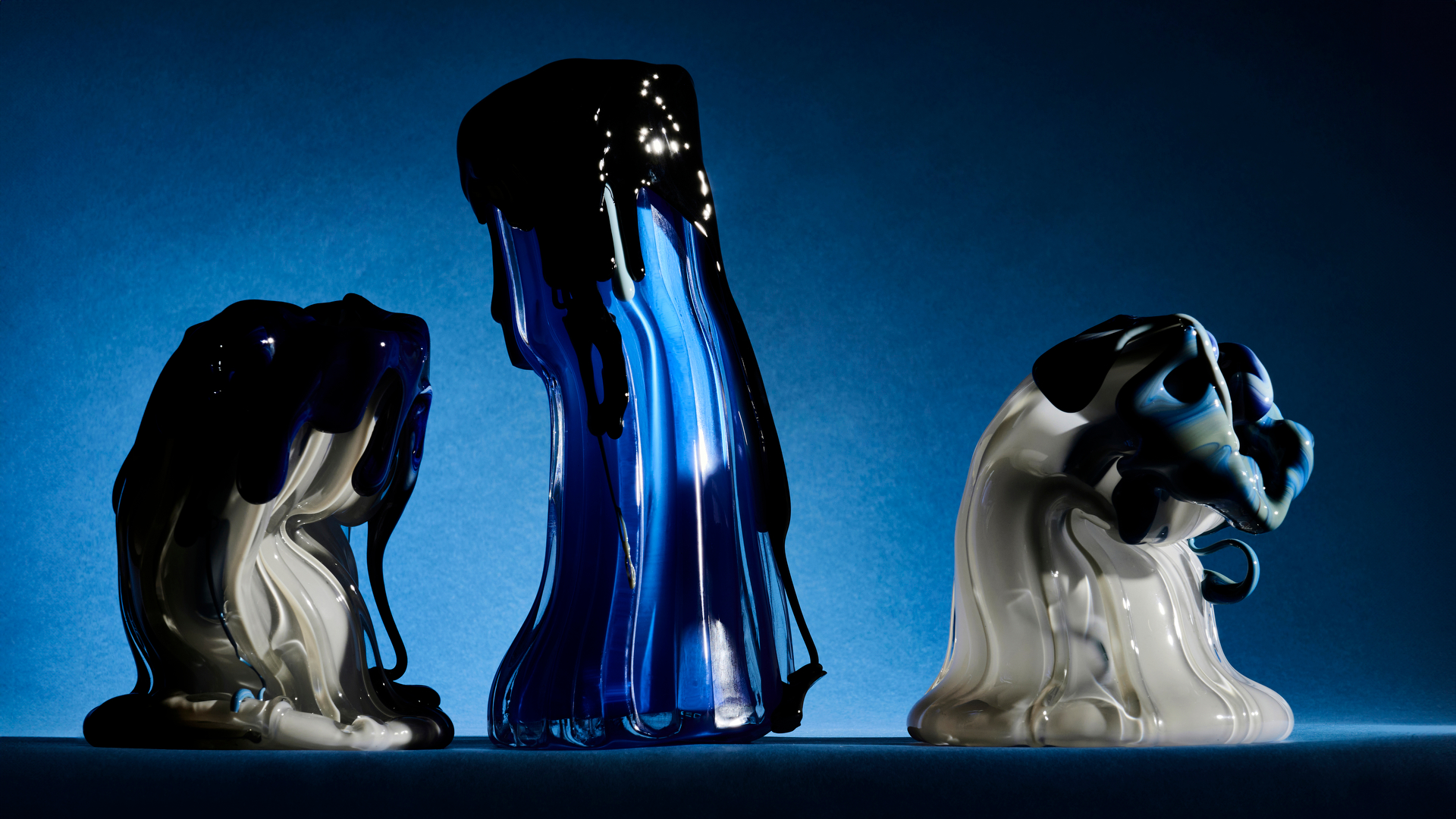 Glass designer Silje Lindrup finds inspiration in the material's unpredictability
Glass designer Silje Lindrup finds inspiration in the material's unpredictabilityWallpaper* Future Icons: Danish glassmaker Silje Lindrup lets the material be in charge, creating a body of work that exists between utility and experimentation
-
 Out of office: The Wallpaper* editors’ picks of the week
Out of office: The Wallpaper* editors’ picks of the weekFrom sumo wrestling to Singaporean fare, medieval manuscripts to magnetic exhibitions, the Wallpaper* team have traversed the length and breadth of culture in the capital this week
-
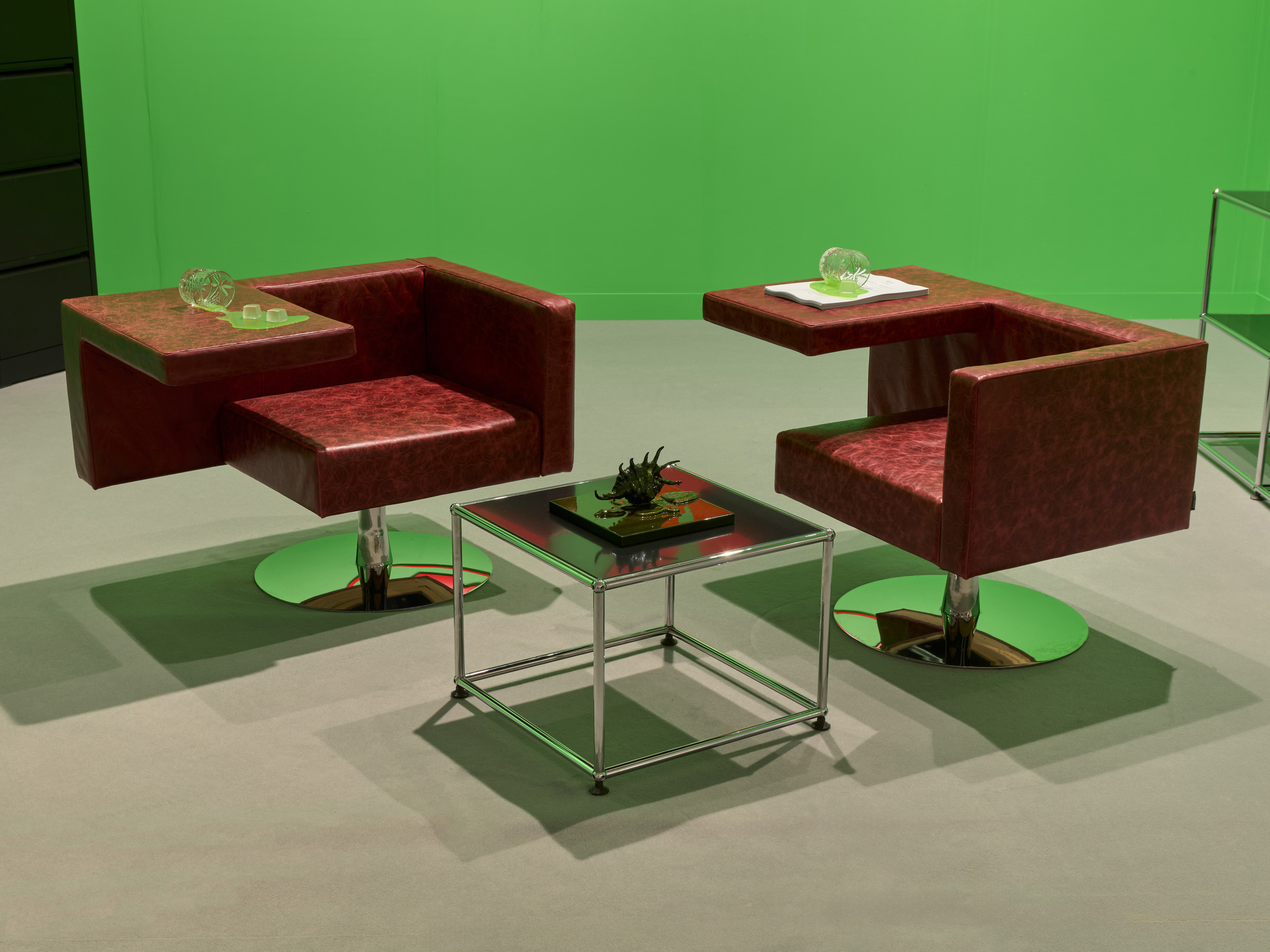 Who are the nine standout artists that shaped Frieze London 2025?
Who are the nine standout artists that shaped Frieze London 2025?Amid the hectic Frieze London schedule, many artists were showcasing extraordinary work this year. Here are our favourites
-
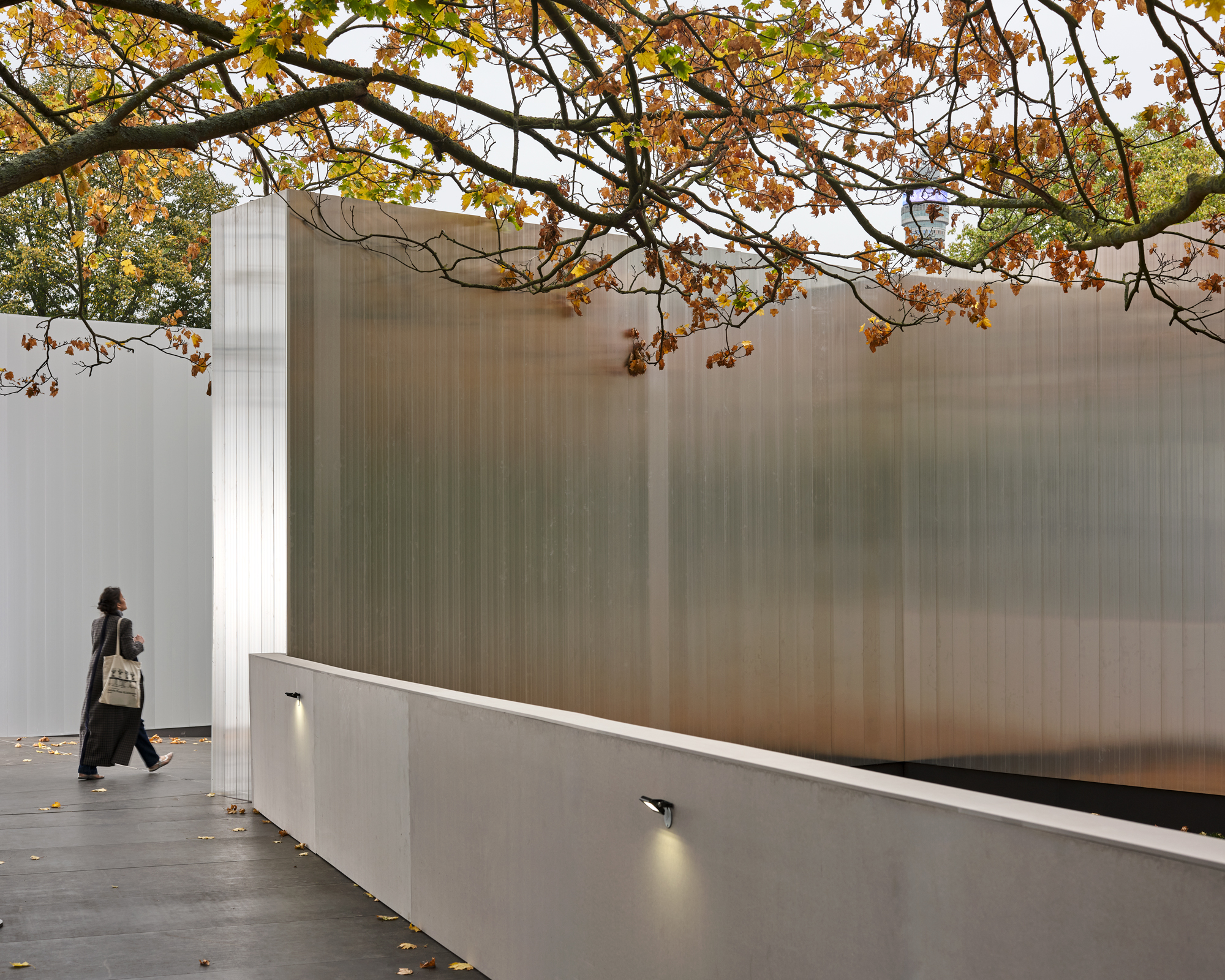 Out of office: The Wallpaper* editors' picks of the week
Out of office: The Wallpaper* editors' picks of the weekThe London office of Wallpaper* had a very important visitor this week. Elsewhere, the team traverse a week at Frieze
-
 Leo Costelloe turns the kitchen into a site of fantasy and unease
Leo Costelloe turns the kitchen into a site of fantasy and uneaseFor Frieze week, Costelloe transforms everyday domesticity into something intimate, surreal and faintly haunted at The Shop at Sadie Coles
-
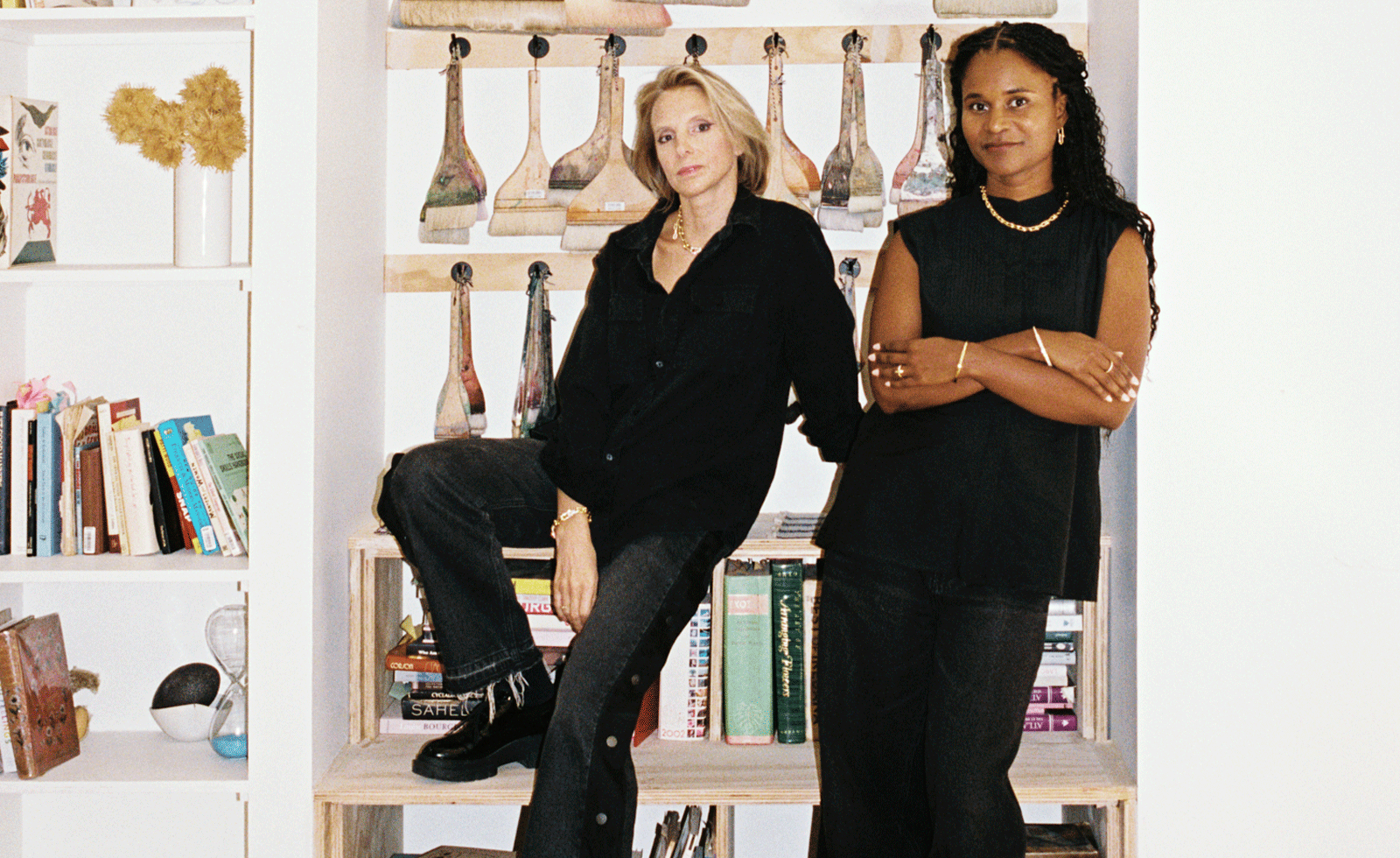 Tiffany & Co’s artist mentorship at Frieze London puts creative exchange centre stage
Tiffany & Co’s artist mentorship at Frieze London puts creative exchange centre stageAt Frieze London 2025, Tiffany & Co partners with the fair’s Artist-to-Artist initiative, expanding its reach and reaffirming the value of mentorship within the global art community
-
 Out of office: the Wallpaper* editors’ picks of the week
Out of office: the Wallpaper* editors’ picks of the weekAs we approach Frieze, our editors have been trawling the capital's galleries. Elsewhere: a 'Wineglass' marathon, a must-see film, and a visit to a science museum
-
 Frieze Sculpture is back – here's what to see in Regent's Park
Frieze Sculpture is back – here's what to see in Regent's ParkFrieze Sculpture has returned to Regent's Park. As London gears up for Art Week, here's what to see on the fringes
-
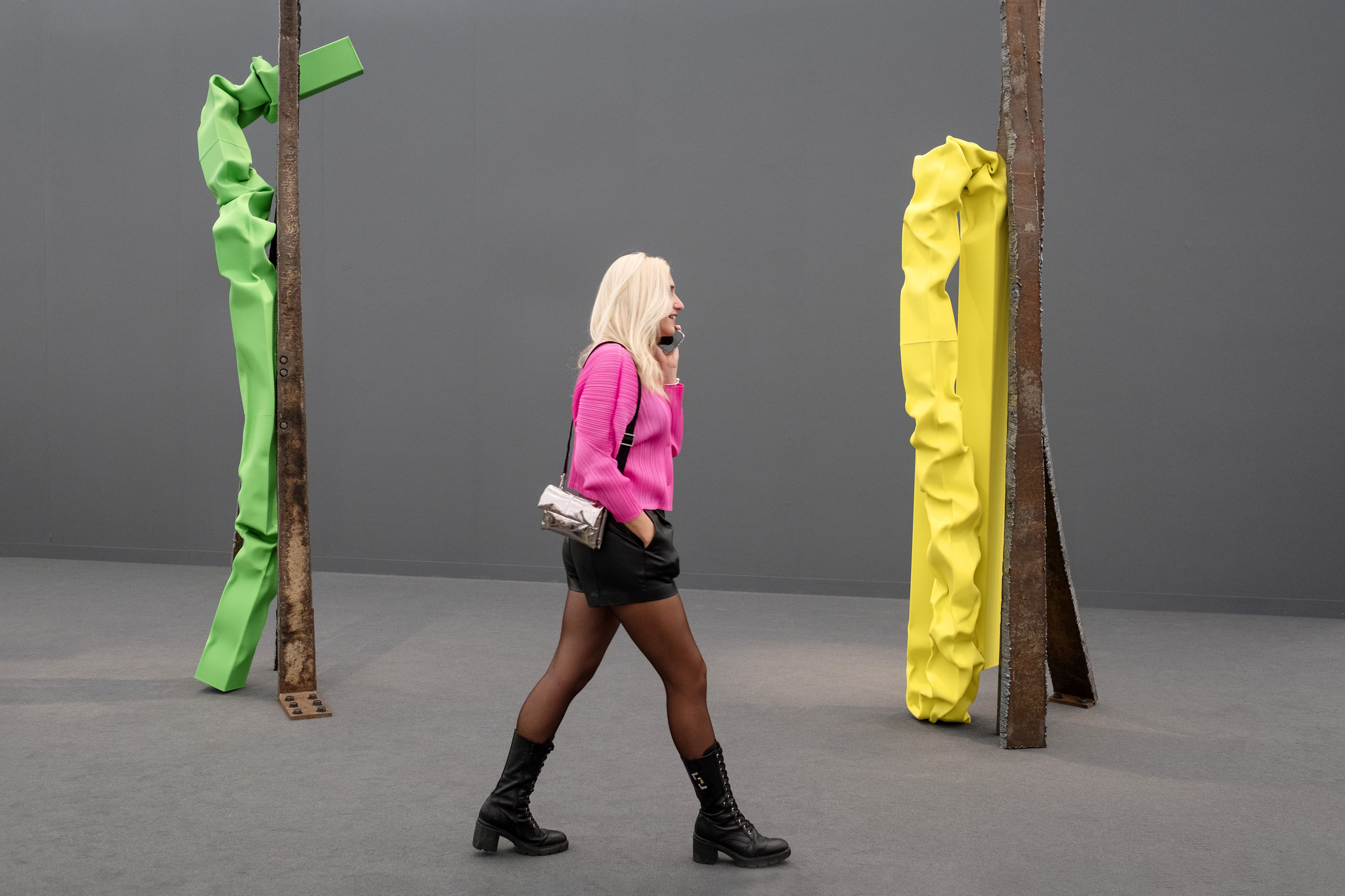 Frieze London is back! Here’s what to see
Frieze London is back! Here’s what to seeAs London gears up for Frieze 2025 (15-19 October), plan your visit early